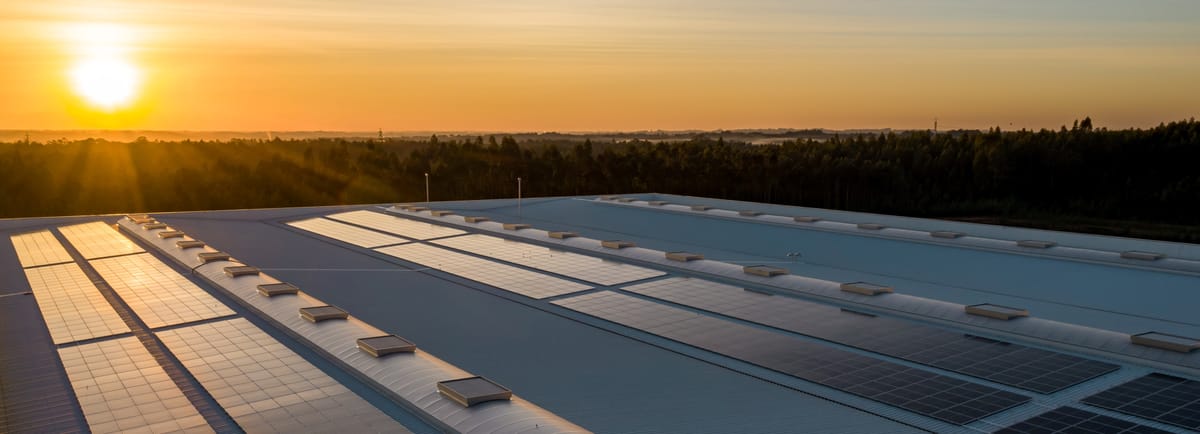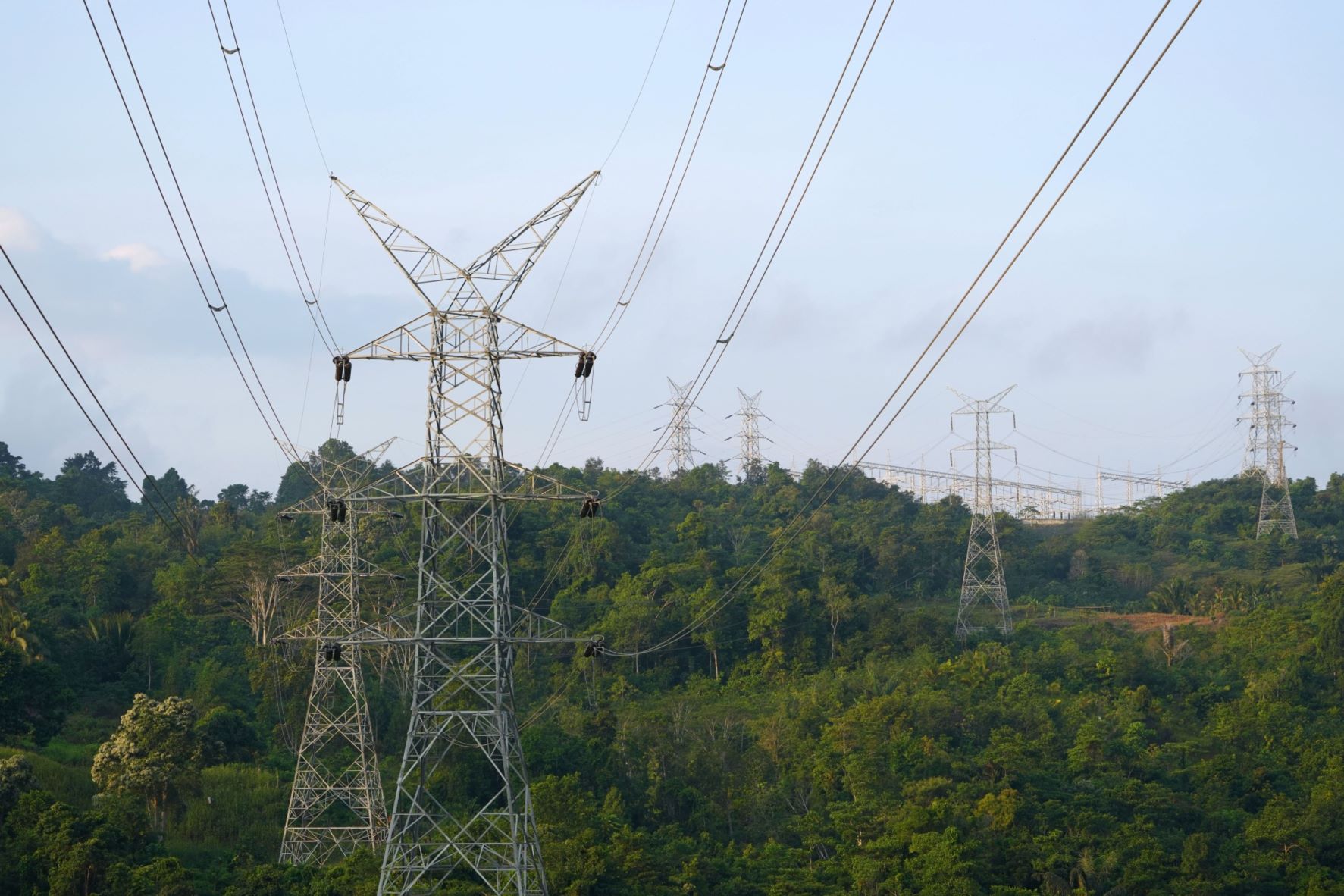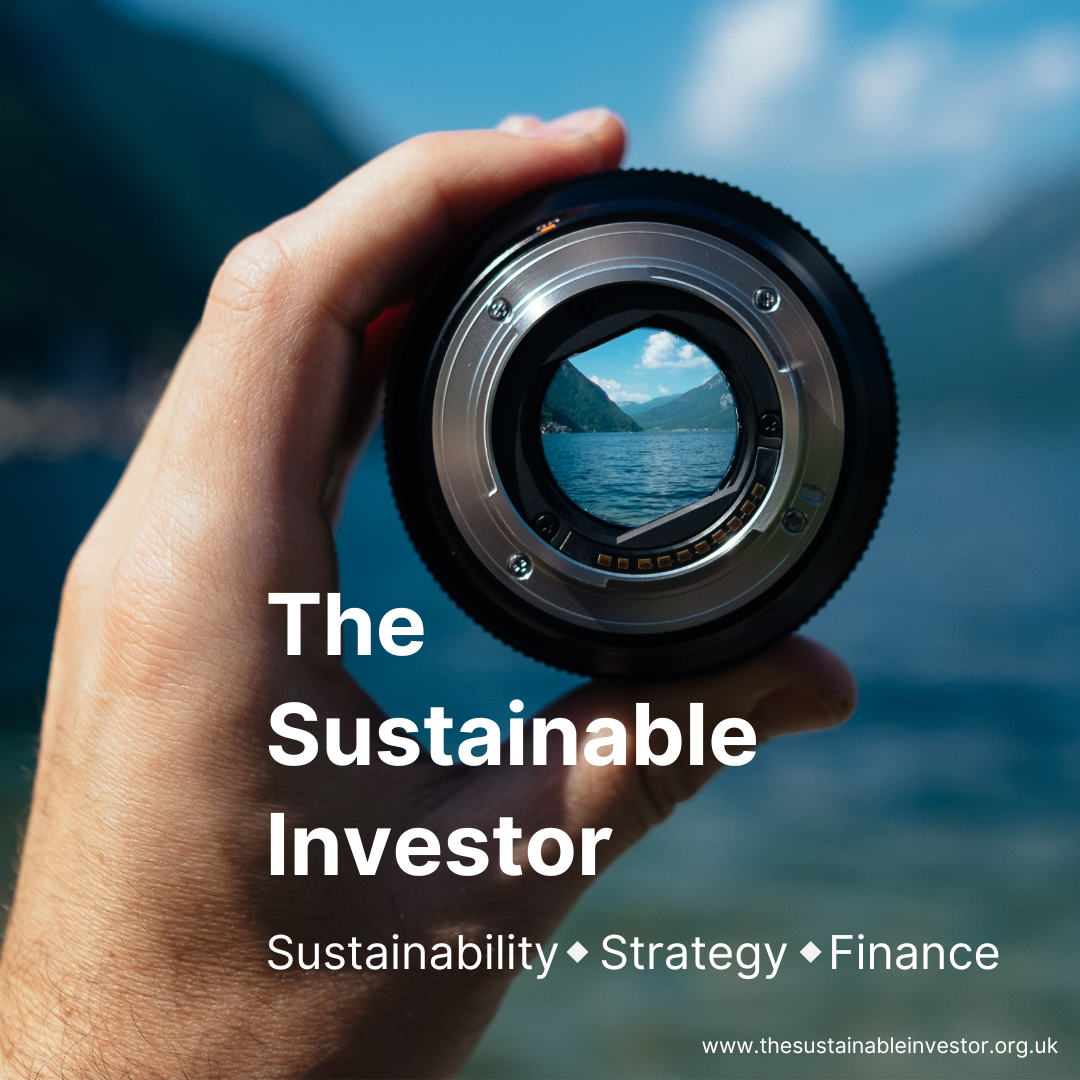
Sunday Brunch: inside the mind of a Nimby
Change is about people, and humans are not rational beings. If we want our sustainability investments to happen, and to deliver a fair financial return, we need to understand why they face opposition.
“Somewheres make up roughly half the population, with Anywheres accounting for 20% to 25% and the rest classified as “Inbetweeners””
― David Goodhart
As we frequently point out, change is hard. And it's especially hard if it challenges our core beliefs. Change is about people, and humans are not rational beings (despite what economists might tell you).
Which brings us to NIMBY's. For those not familiar with the term it stands for Not In My BackYard. It's now largely used to describe anyone who doesn't want change. Even if it's not directly in their backyard. It's generally used as a negative and critical term. NIMBY's 'block' new housing, mines, roads, and overhead power connectors.
The reality for investors is that for sustainability change to happen we need to find a way to minimise or manage this resistance. And for that to happen we need to better understand where the 'other side', the so called NIMBY's, are coming from. And that other side is sometimes the public, but it can also be an industry or a company.
If you don't understand the other person's point of view, you are unlikely to change their minds, or at least find a way to make change happen anyway. For investors in the sustainability transition, this is probably the most material barrier to change we need to overcome. Without it we are likely to find our projects are delayed and our financial returns are lower.
If you want to read the rest and are not already a member...

Inside the mind of a Nimby
Let's start with the 'general public'. My thought process started with an FT article (sorry its pay walled). In it Julian Baggini tried to explain why Nimby's are less about the images I used at the top of this blog (yes, it was a bit lazy on my part), and more about people who understand that change is needed, but don't feel happy that it happens next door to them. How not wanting change in their own lives can be stronger than doing their bit for the wider society.
The changes brought about by the sustainability transitions is no different. There are winners and there are losers. And often the benefits are way out in the future, whereas the costs are immediate, and often very real. And if it was just about money, the challenges might be easier to solve. But it's also about emotions.
Emotions are a difficult concept for most financial people. We regularly deal in data and 'facts'. Often based around financial value. This is a useful framework for most investing (including that done by companies) but it's less useful when we are trying to persuade people for whom money is less important.
Moral tribes - we don't think the same
A friend recently recommended to me a book called Moral Tribes by Joshua Greene. It's basic premise is that many of our conflicts, big and small, start from the different moral perspectives we have. My tribe sees the world differently from your's. And we see your moral compass as being wrong.
This seems to neatly encapsulate the situation with sustainability people and finance people. We largely cannot understand the other side's moral code, and as a result we can struggle to reach agreement. We frame the questions in totally different ways.
The FT article refers to how the Maori of New Zealand (where I am from) view the land very differently. An example is what we now call the Whanganui River. The local iwi (the tribes of the river basin) call the river Te Awa Tupuand and they say, "Ko au te awa. Ko te awa ko au" (I am the river. The river is me). In March 2017, the Whanganui River became the first river in the world to be given the same legal rights as a human being. This was the culmination of New Zealand’s longest standing legal battle.
If we don't understand the moral framework that people use, we are unlikely to find common ground, or sometimes even understand what it is they are concerned about.
Another book that resonated with me in this regard was The Road to Somewhere by David Goodhart. It is from this book that the opening quote was taken. The concept of Somewhere's (grounded in a place) and Anywhere's (international in outlook) can be taken too far, but I find it a useful shorthand for why some of the major cultural gaps exist. Somewhere's and Anywhere's see the world very differently. Most people (half if Goodhart's estimates are correct) are Somewhere's. Most decision makers, in politics, in investing, and in companies, are Anywhere's. As Joshua Greene would say - from very different tribes.
And it's not always public interest groups that are the Nimby. Sometimes it's corporate and political interest that spills over into public support. Lobbyist's have got very good at working out how to 'push people's buttons' on these issues. They can stimulate public opposition, and generate negative press coverage.
The application to sustainable investing.
Let's highlight this with a simple example. The time taken to get consent for new wind, solar and batteries in the US, including getting a connection to the electricity grid, seems to be increasing. The latest data from Berkeley Labs shows that renewable connection queues are growing.

The amount of new electric capacity in these queues is growing dramatically, with nearly 2,600 gigawatts (GW) of total generation and storage capacity now seeking connection to the grid (over 95% of which is for zero-carbon resources like solar, wind, and battery storage). To give this context, active capacity in the queues is twice the installed capacity of U.S. power plant fleet (~1,280 GW); greater than peak load and installed capacity in all of the US networks.
You might be thinking 'what does this have to do with Nimby's'?
Not all NIMBY's protest by blocking roads, some use the courts and regulatory process to delay.
One challenge for the US electricity grids is building new interconnectors, which move electricity from places with a surplus, to the areas of high demand. These often travel long distances. And they can help to take pressure off the grid, allowing more renewable's to be connected.
One example is taking surplus hydro electricity from Canada and delivering it to the cities of the US North East. One leg, the $6 billion Champlain Hudson Power Express, is due to open in May 2026. But the process has been long, and as the chief operating officer of Hydro-Québec Energy Services, told Bloomberg NEF, “The Biden administration has talked about tripling the grid, but if it takes 15 years to approve one link, some rethinking is required”.

Another similar project, the New England Clean Energy Connect, was actually put on hold after the state Department of Environmental Protection halted work on the corridor in November 2021 after voters killed the project in a referendum.
And it's not just big projects. Lots of smaller projects are blocked by administrative inaction and delays. The US Federal regulator (FERC) has been working for two years to try to break this logjam. But as a recent Canary Media article says they are trying to resolve "a key conflict, one that has split states — and Phillips’ two fellow FERC commissioners — along policy and partisan lines. That conflict is over clean energy policies, and whether the states that don’t have them should have to pay for power lines that they see as primarily supporting the climate objectives of other states". That sounds like NIMBY's to me.

One last thought to leave you with.
We need to be realistic about how quickly sustainability related infrastructure can be built. Nimby's come in many shapes and sizes, some are public interest groups, but others are incumbent companies wanting to delay change. And increasingly politics plays its part, especially in the US.
Project promoters have to walk a fine line. On one hand they need to really listen to opposition, remembering the different tribes analogy. But, they also need to get the project built and operating. This balance is one that governments around the world are grappling with. A topic for a future blog?
For investors the key is being aware of who, and how, is raising the objections.
Something a little more bespoke?
Get in touch if there is a particular topic you would like us to write on. Just for you.
Contact us
Please read: important legal stuff.




